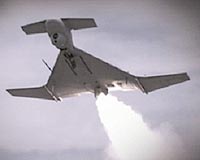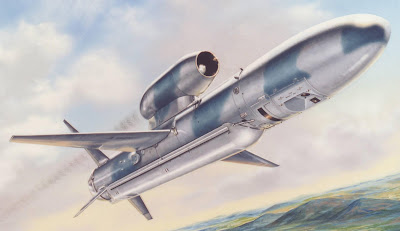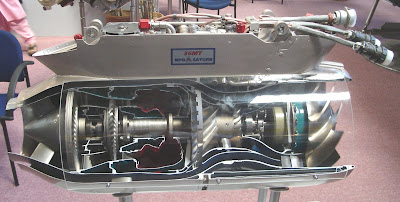IAI To Supply HAROP System
HAROP LMs are launched from transportable launchers and navigate towards the target area, where they loiter and search for targets. Once a target, static or moving, is detected, it is attacked and destroyed by the HAROP LM. The attack can be performed from any direction and at any attack angle, from flat to vertical which is highly essential in urban areas. The operator monitors the attack until the target is hit.
by Staff Writers
Tel Aviv, Israel (SPX) Jun 19, 2009
Israel Aerospace Industries (IAI) has signed a contract to supply a HAROP Loitering Munition (LM) system to a foreign customer. The contract is estimated to be worth over $100 million.
Itzhak Nissan, President and CEO of IAI said: "HAROP is an extremely impressive system, and everyone at IAI is proud of this accomplishment. This is a state-of-the-art loitering munition system, which features accurate detection capabilities and minimizes collateral damage to the surrounding area."
Separately, the German Armed Forces and the German Ministry of Defense (MOD) have approved an operational requirement utilizing IAI's HAROP system. The project will be implemented in cooperation with Rheinmetall Defense as the prime contractor.
The German MOD has already invested funds for the adaptation of HAROP to its specific requirements. Part of the adaptation was successfully performed by a joint IAI/Rheinmetall Defense team, and a follow on contract is planned for this year. This activity is a reflection of the successful cooperation between IAI and Rheinmetall Defense, which has also included projects involving Unmanned Aerial Vehicles (UAVs).
HAROP is a long endurance LM which can be launched from a variety of platforms, and is equipped with tactical UAV capabilities: high performance FLIR/ color CCD EO seeker with 3600 hemispherical coverage. It searches, detects, attacks and hits high value re-locateable, time critical, land or sea-based, moving targets with pinpoint accuracy at long ranges. A HAROP unit is comprised of LM launchers and a Mission Control Shelter (MCS) that enables missile control with a Man in the Loop operation, engagement or abort attack capability in real time, avoiding collateral damage.
The HAROP can be applied to a variety of battle scenarios, including low and high intensity conflicts, urban warfare and counter terror operations.
HAROP LMs are launched from transportable launchers and navigate towards the target area, where they loiter and search for targets. Once a target, static or moving, is detected, it is attacked and destroyed by the HAROP LM. The attack can be performed from any direction and at any attack angle, from flat to vertical which is highly essential in urban areas. The operator monitors the attack until the target is hit.
Another HAROP LM can observe and send real time video of Battle Damage Assessment (BDA) to the operator. The operator can command to abort the attack in order to avoid collateral damage, returning the LM to loitering mode, and restart the attack later.




